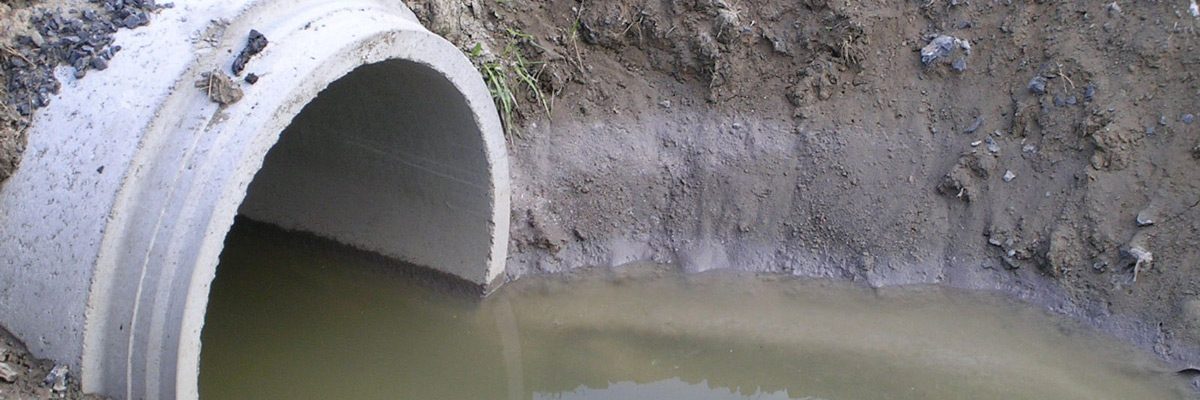Pretty cool magazine and pretty cool article:
http://www.odemagazine.com/doc/64/passive-power-house/
![]()
Passive House: Super energy efficient housing
Ursula Sautter | June/July 2009 issue

How a new kind of home which produces more energy than it consumes, can drastically reduce fuel bills and CO2 emissions. Governments around the world are scrambling to address the twin crises of our times—the recession and climate change—by investing in infrastructure and green energy projects. The Obama administration’s stimulus package, for example, contains billions in incentives for alternative power sources and energy-efficiency increases affecting millions of homes. The question is how to identify “shovel-ready” projects that can quickly deliver the economic boost and CO2 reductions we so urgently need. Rolf Disch, an architect and environmentalist in Freiburg, Germany, has an answer: houses that produce more energy than they consume.
“What if each house became a power plant, if it created even more energy than it used internally?” Disch, 65, first asked himself 15 years ago. To design that home, he built on the ideas of the “passive house” movement that started in Europe in the early 1990s. Instead of relying on the electricity grid for power, a passive house taps available energy sources—sunlight, the body heat of occupants, even the thermal gains created by ordinary domestic activities such as cooking, bathing and using electrical appliances. The building is well-insulated and airtight so it retains most of this energy and, through highly efficient heat-exchange ventilation technology, uses it to cool itself in summer and heat itself in winter. The houses are called “passive” because most of the power consumed is collected from ambient energy in the environment. When extra juice is needed, renewable power units supply it, like the solar array on the roof of the residential and commercial complex Disch built in Freiburg in 2004.
“I only ever had to switch on the heating once,” says Stefan Sattler, a 32-year-old lawyer who has rented a penthouse in the Disch-designed complex since October of 2007. Even then, Sattler only needed the extra heat—purchased from the local heating grid—for two or three hours. Since he and his fellow residents sell the surplus energy produced by the building’s solar panels back to the city’s utility provider at a profit, Sattler is one of the few people who opens his utility bills with real glee. He’s earning money from solar power rather than paying for oil or gas. The average unit in the Freiburg complex earns $5,075 a year this way instead of spending $4,625.
Passive homes can save consumers a bundle in fuel bills—and the planet even more in CO2 emissions. According to the German Passive House Institute (PHI), founded by physicist Wolfgang Feist, who co-created the passive house concept, energy consumption can be reduced by up to 90 percent compared to average homes, up to 75 percent compared to newer buildings. While an existing home uses some 160 kilowatt-hours in heating energy per square meter of living space (kwH/m2) annually, residences built to the passive house standard use a maximum 15 kwH/m2.
:}
More Tomorrow
:}
